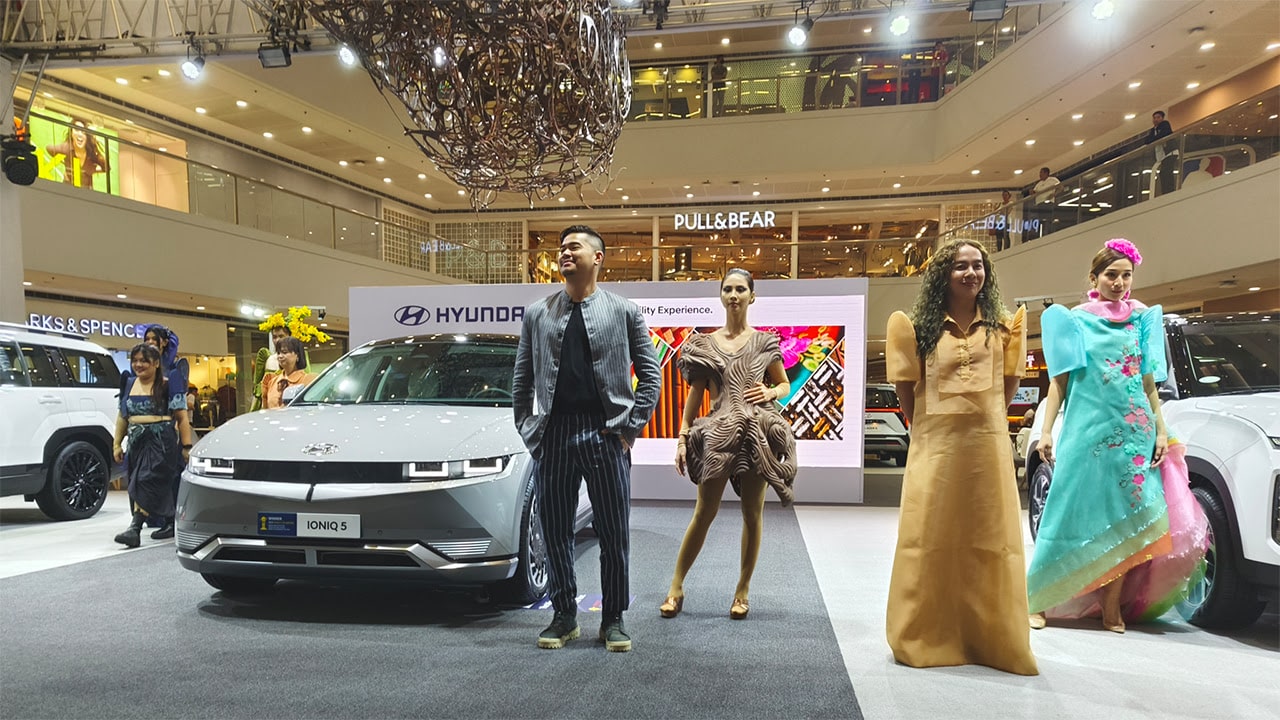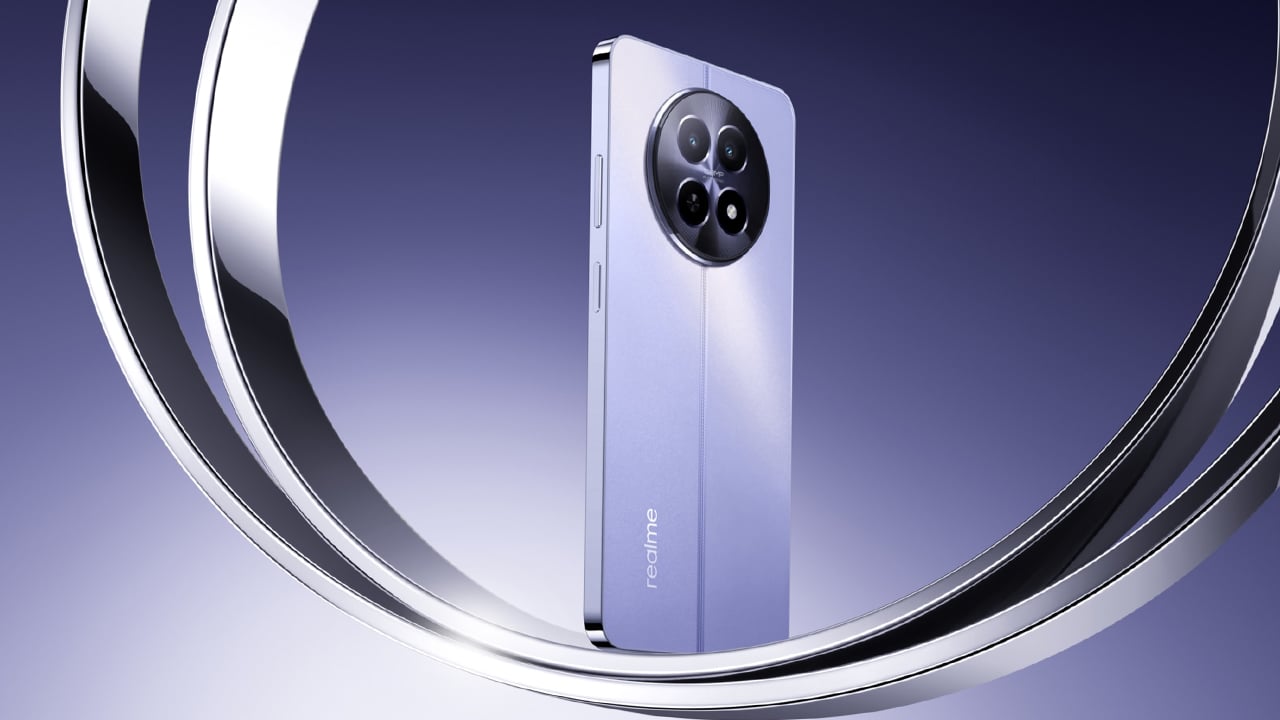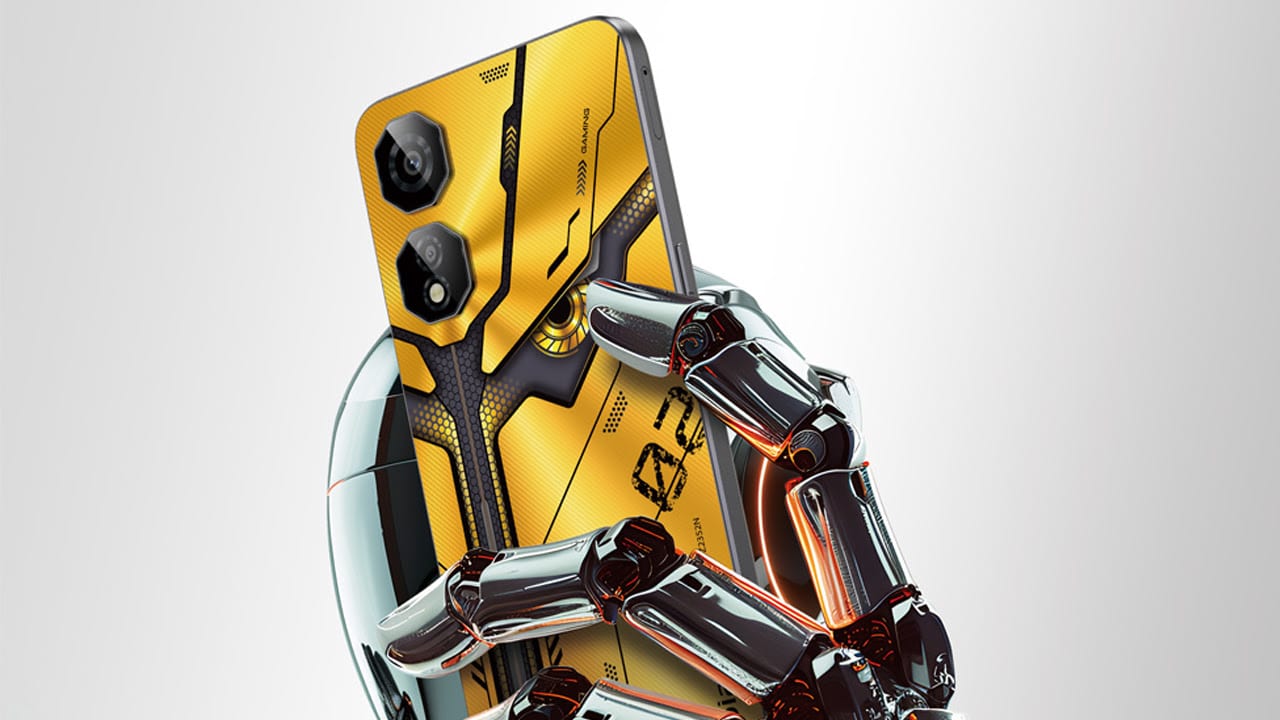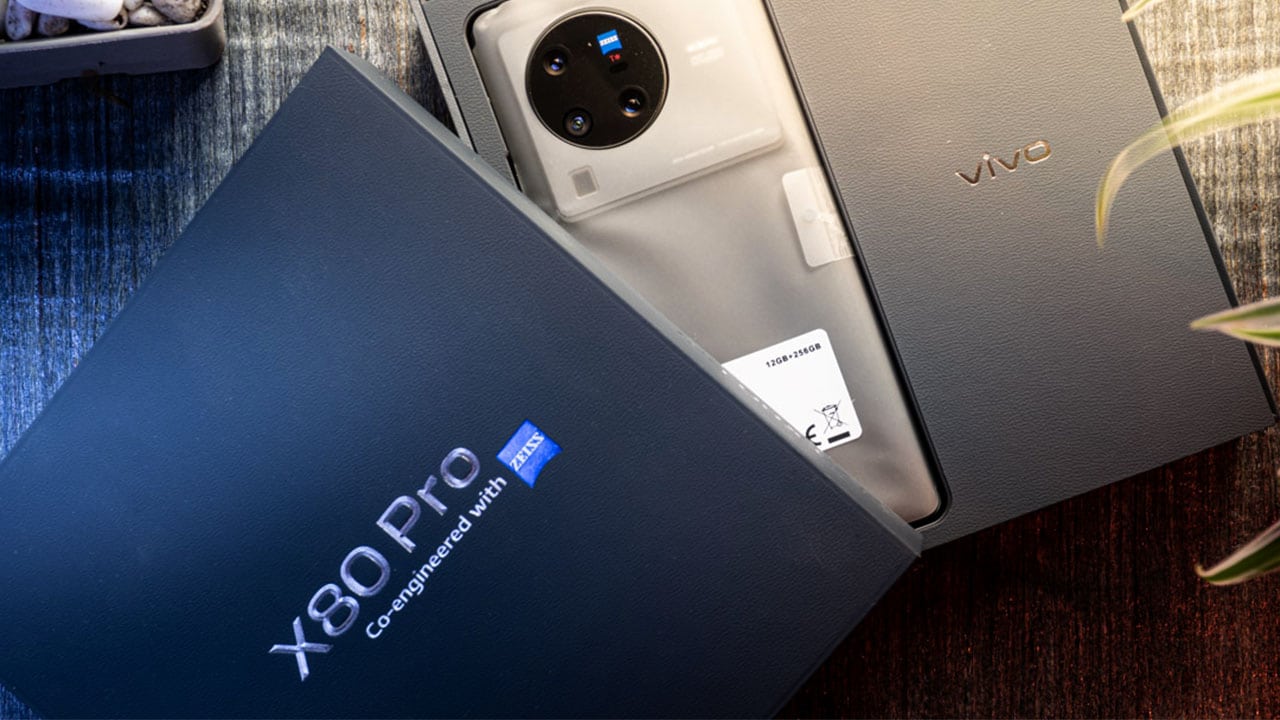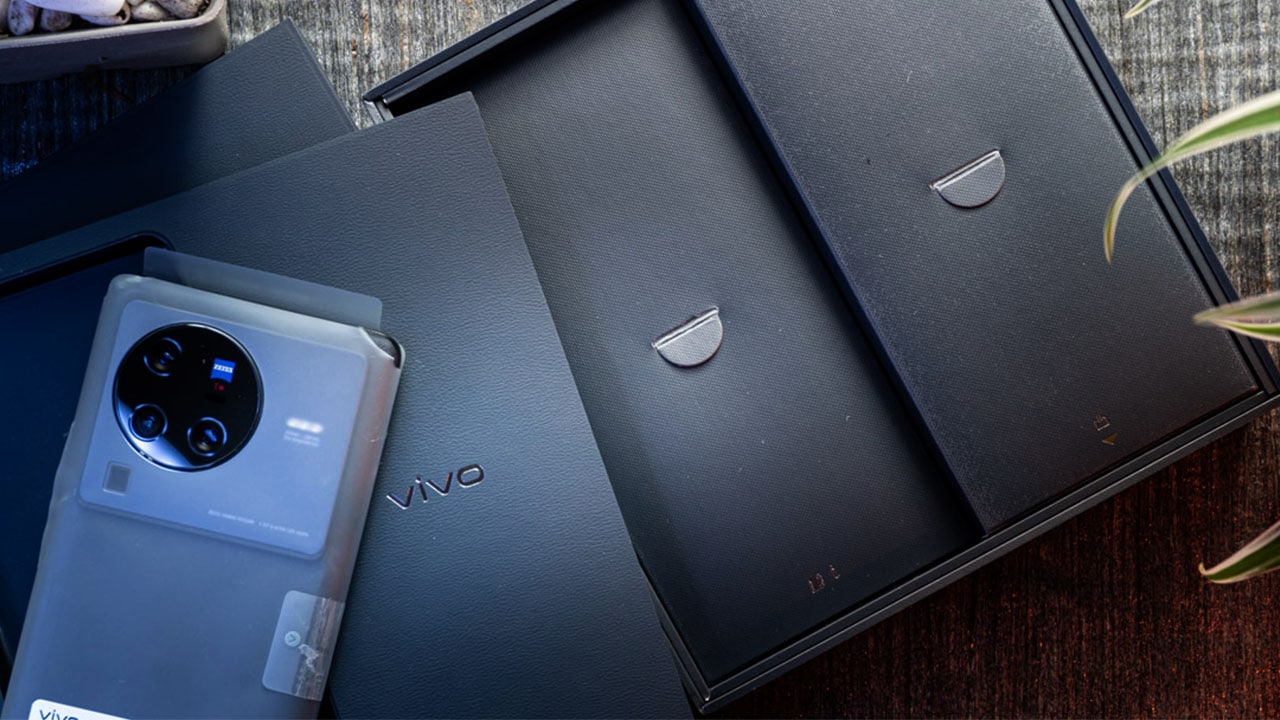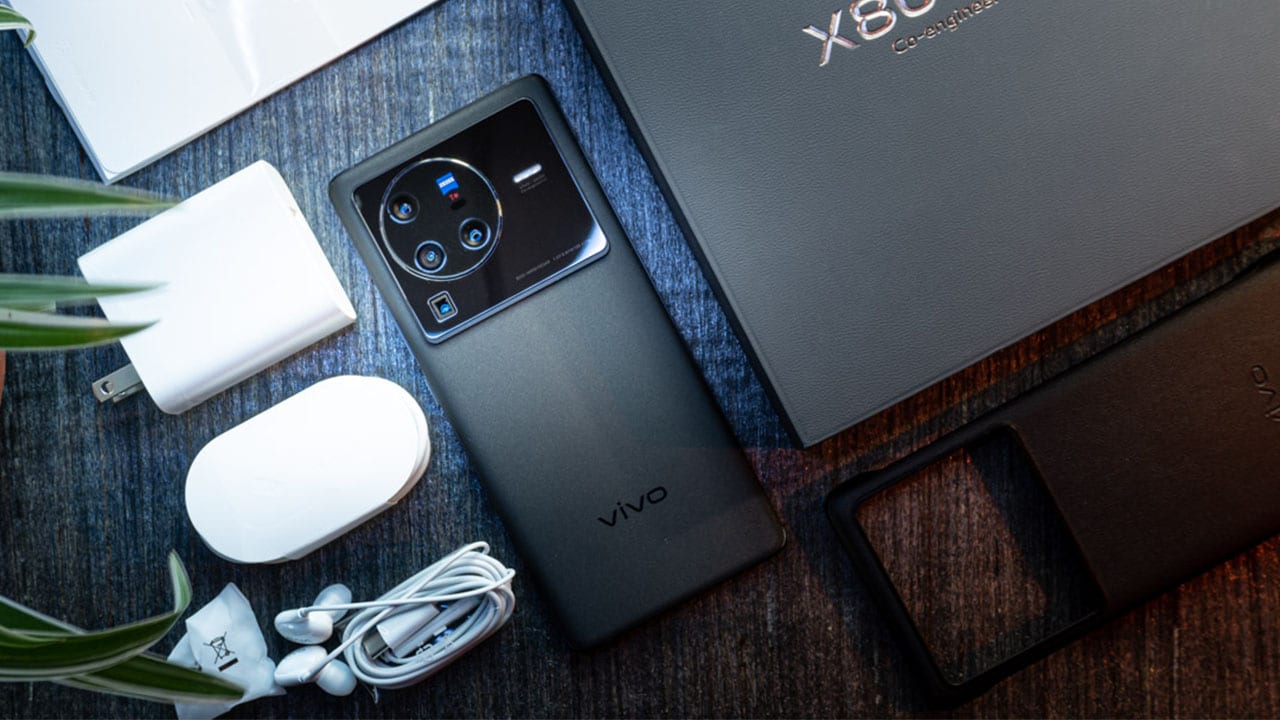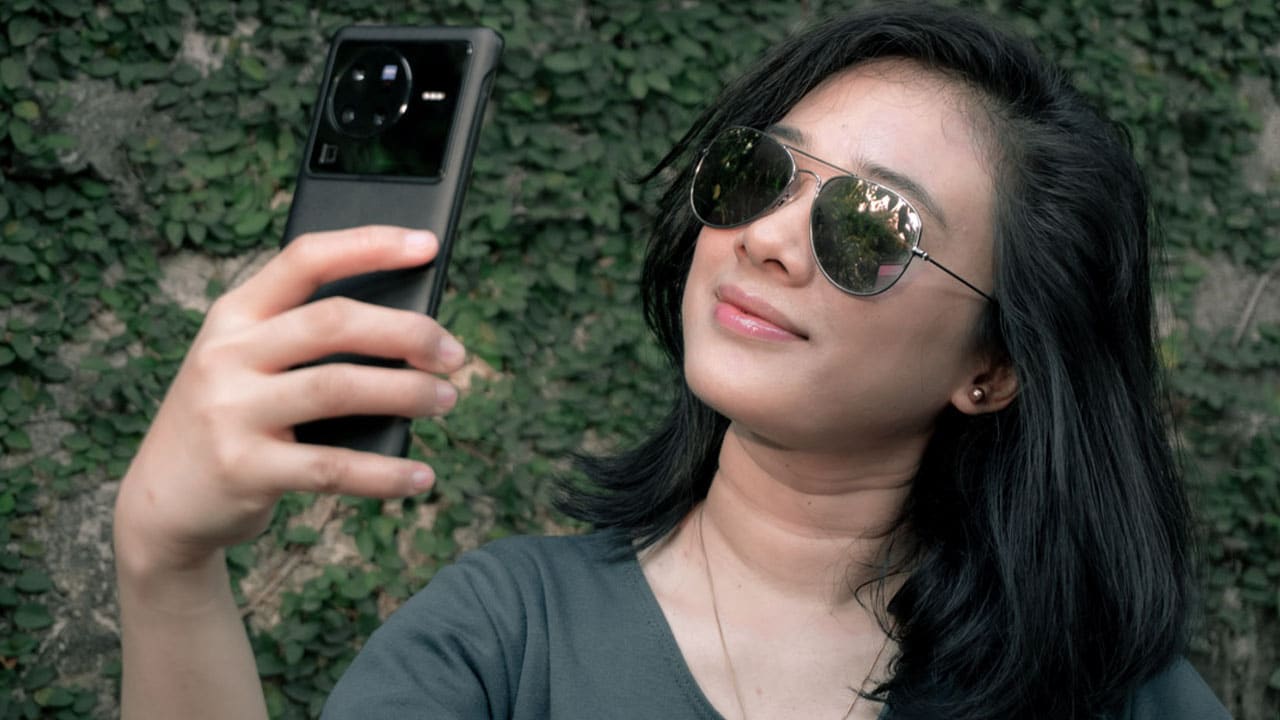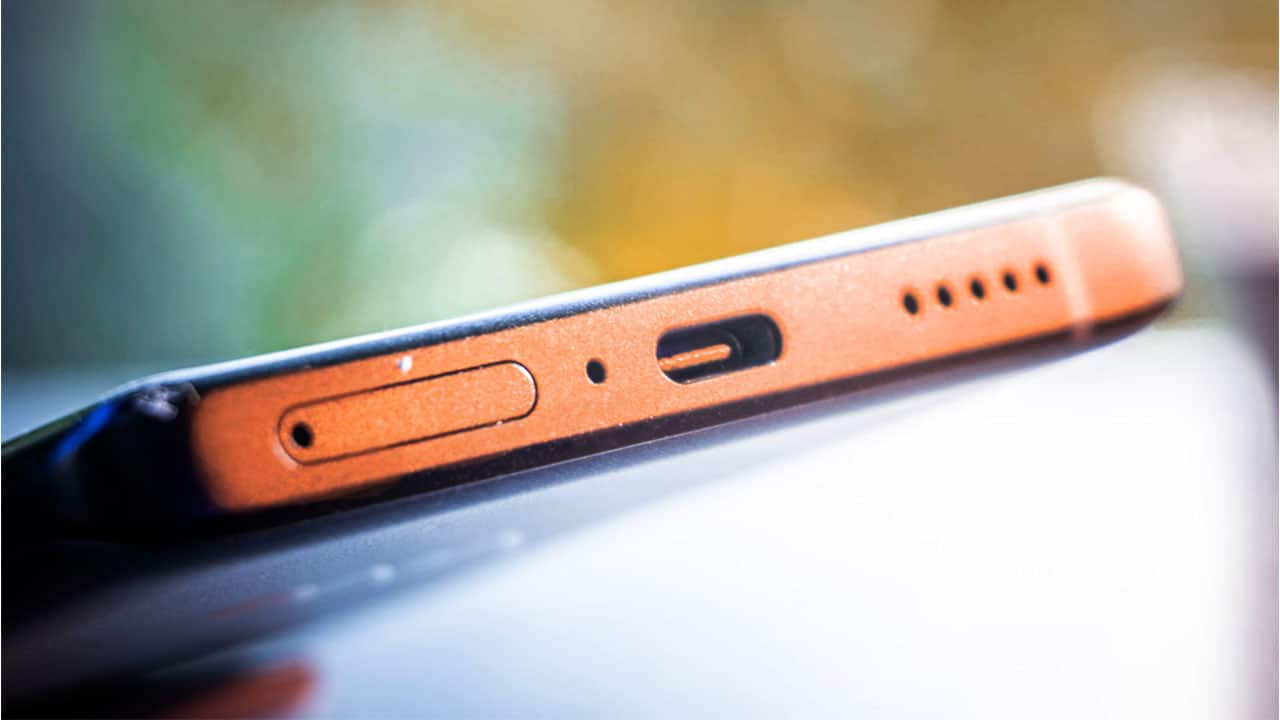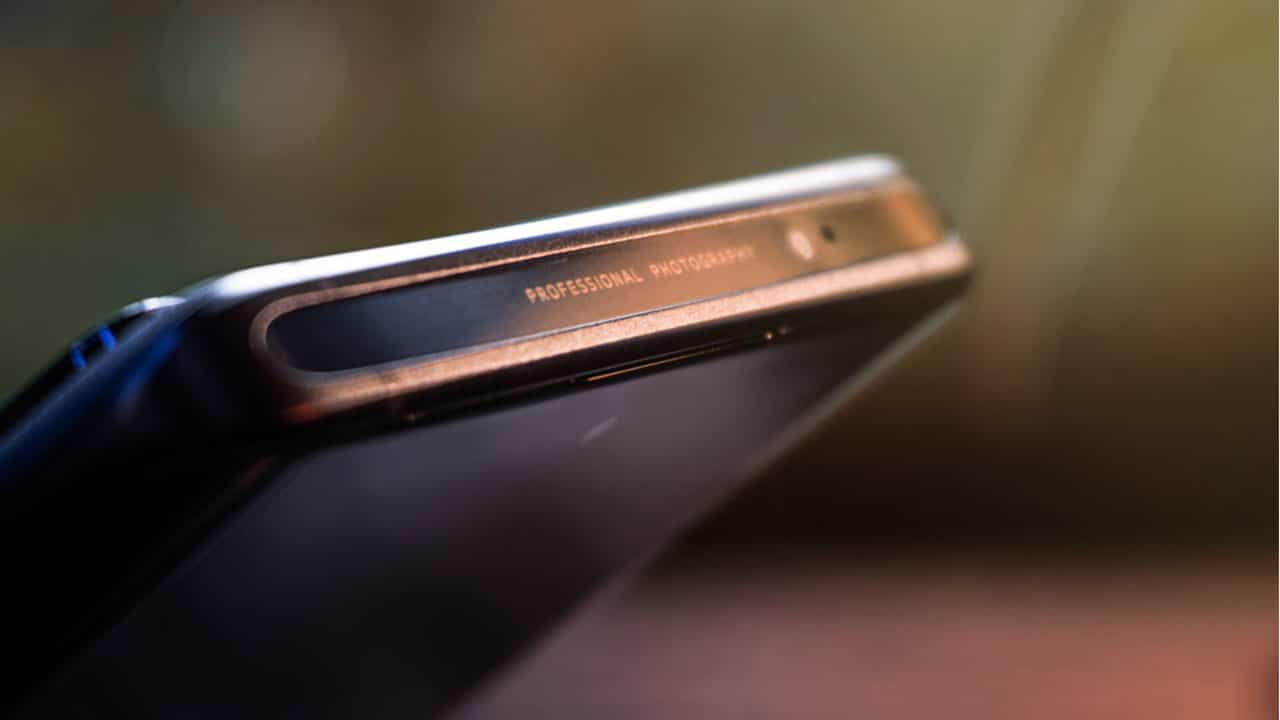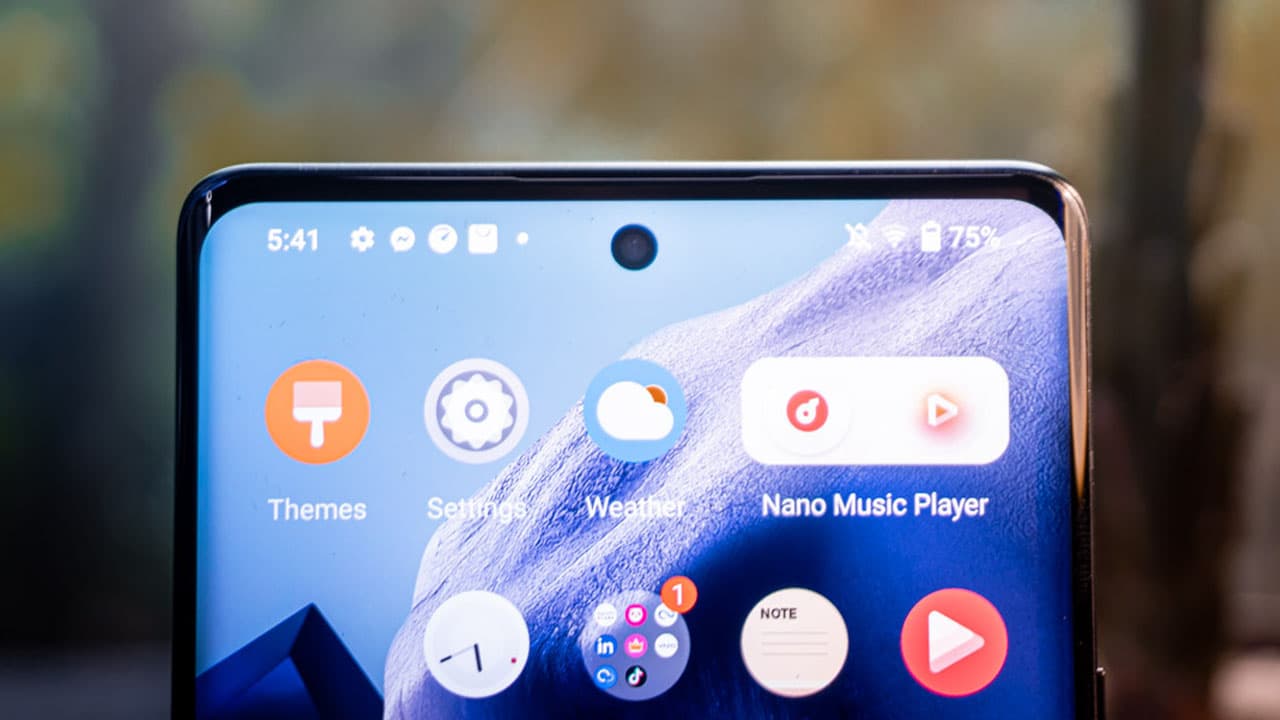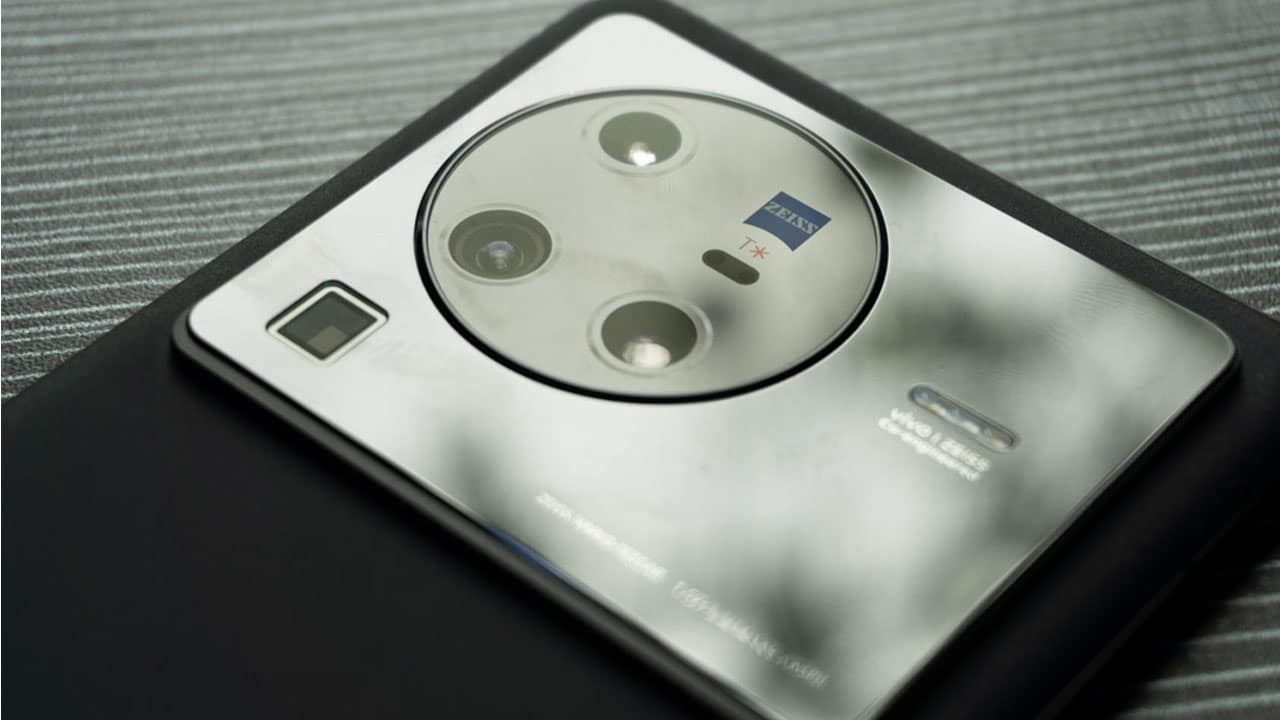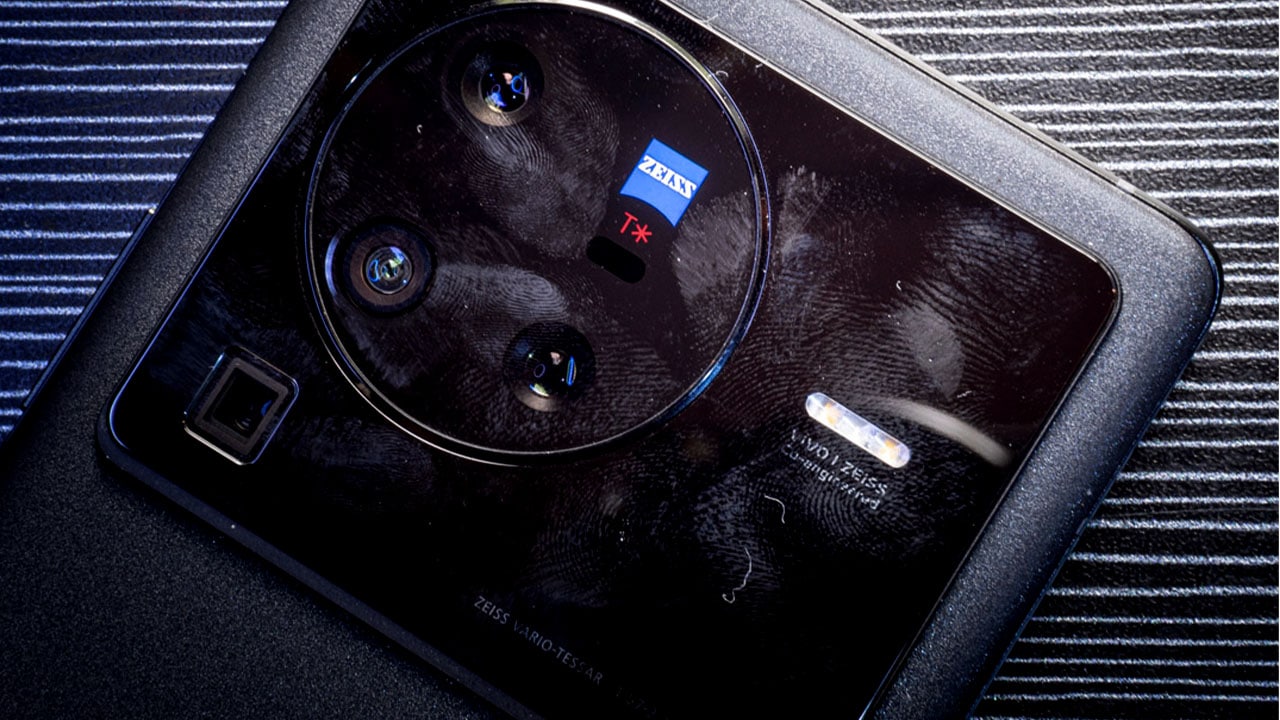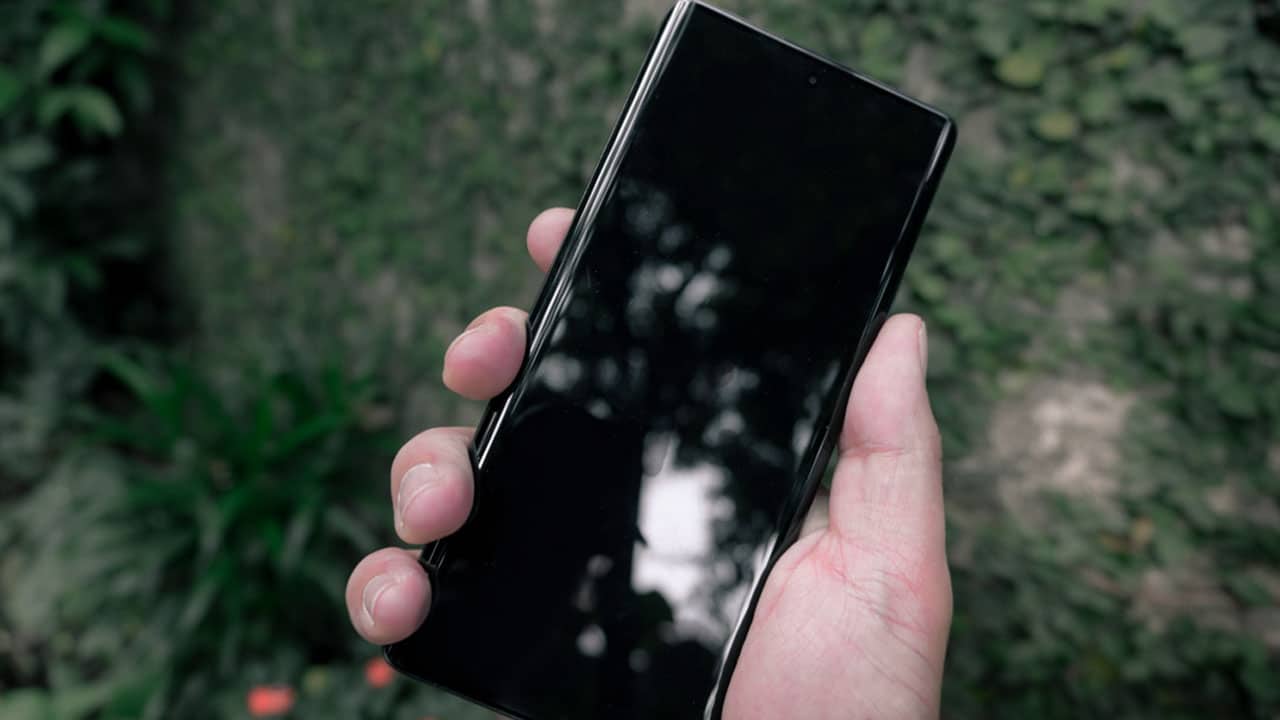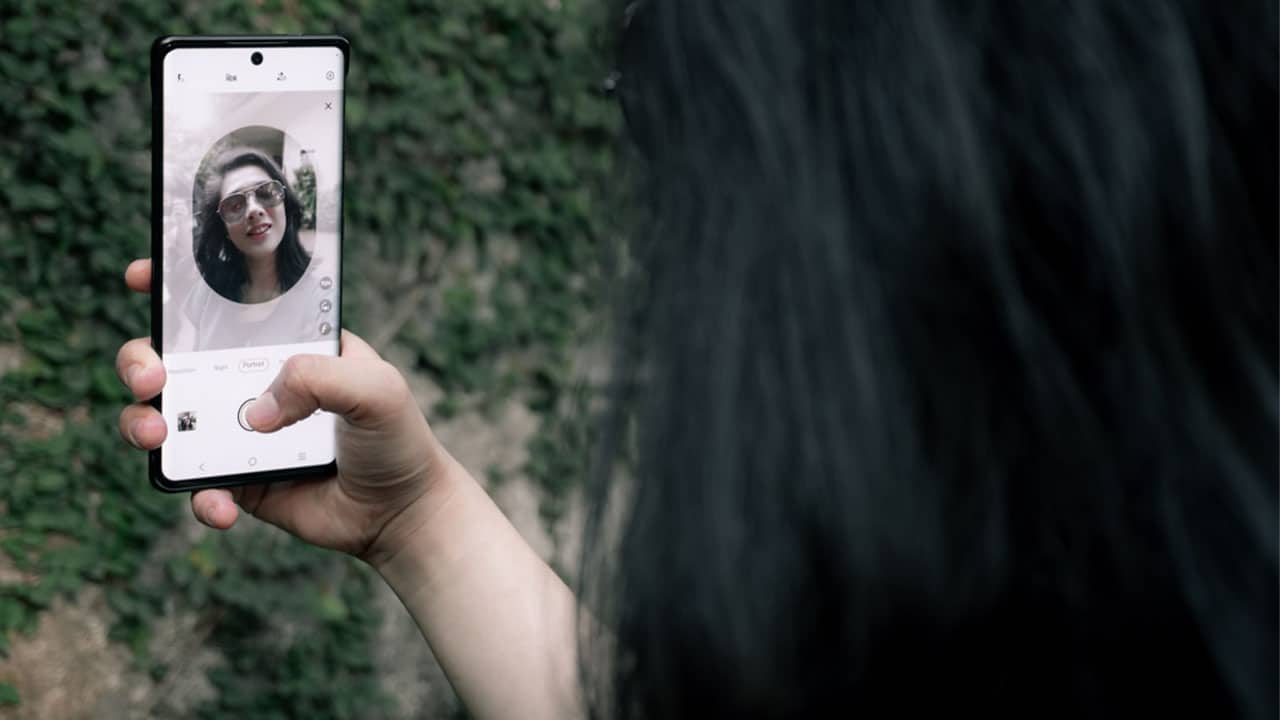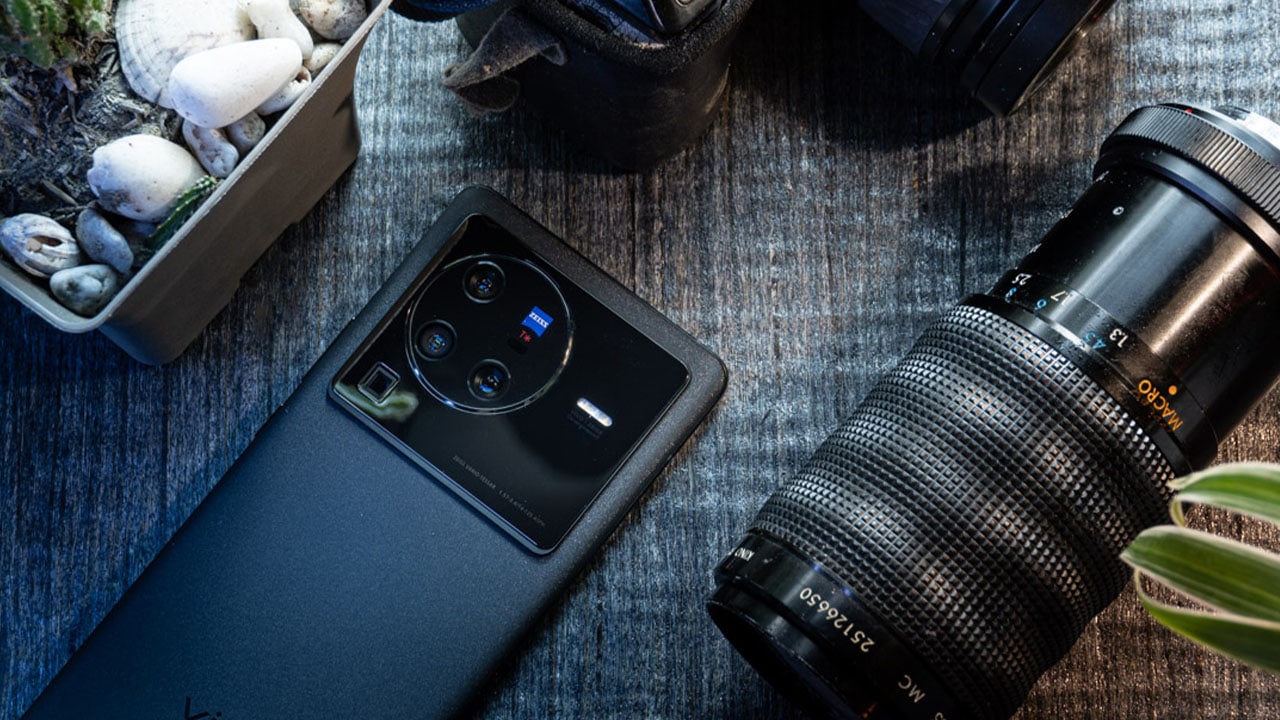Despite being rather quiet after its initial announcement, the much-awaited Pokémon Sleep app is now available for download for both Android and iOS.
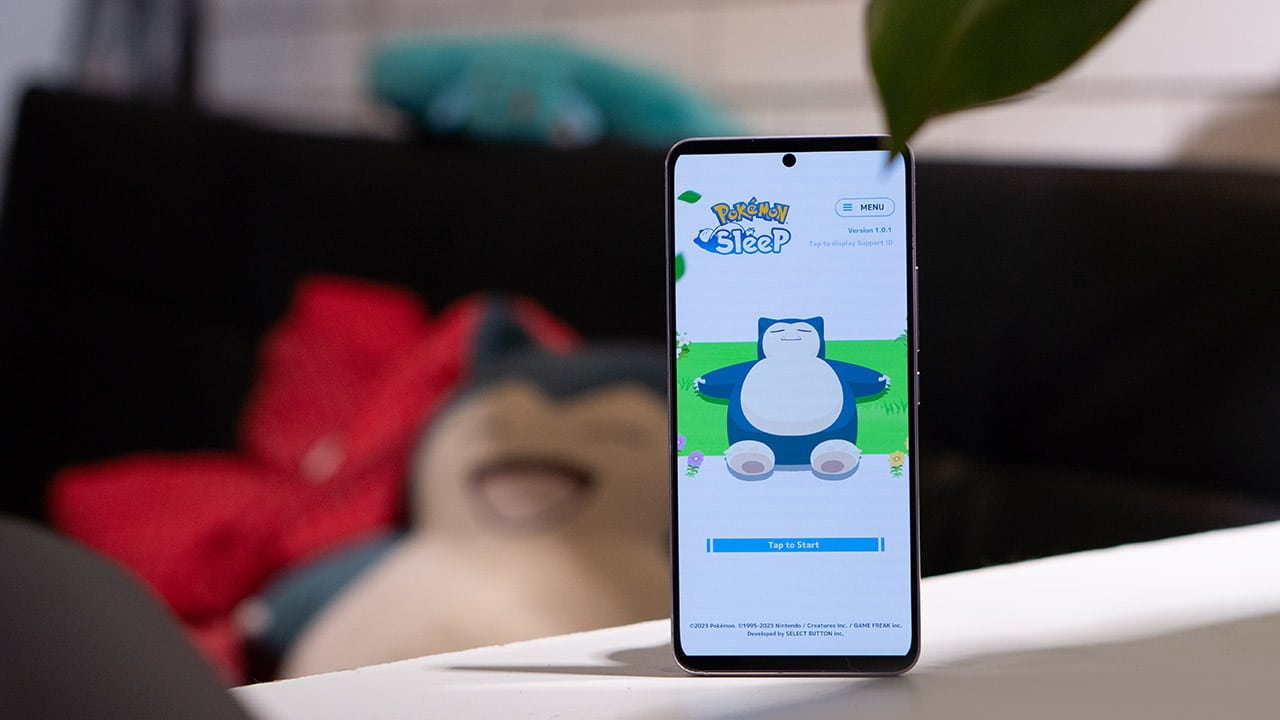
Described by The Pokémon Company as a way to “turn sleep into entertainment”, Pokémon Sleep is designed as a sleep-tracking game with Snorlax as the main character.
As for gameplay, you simply, well, sleep. The game instructs you to put your phone or the recently released Pokémon Go Plus device beside you while you rest. And the better quality and longer your sleep is, the higher the score, which will lead to more Pokémon appearing around Snorlax.
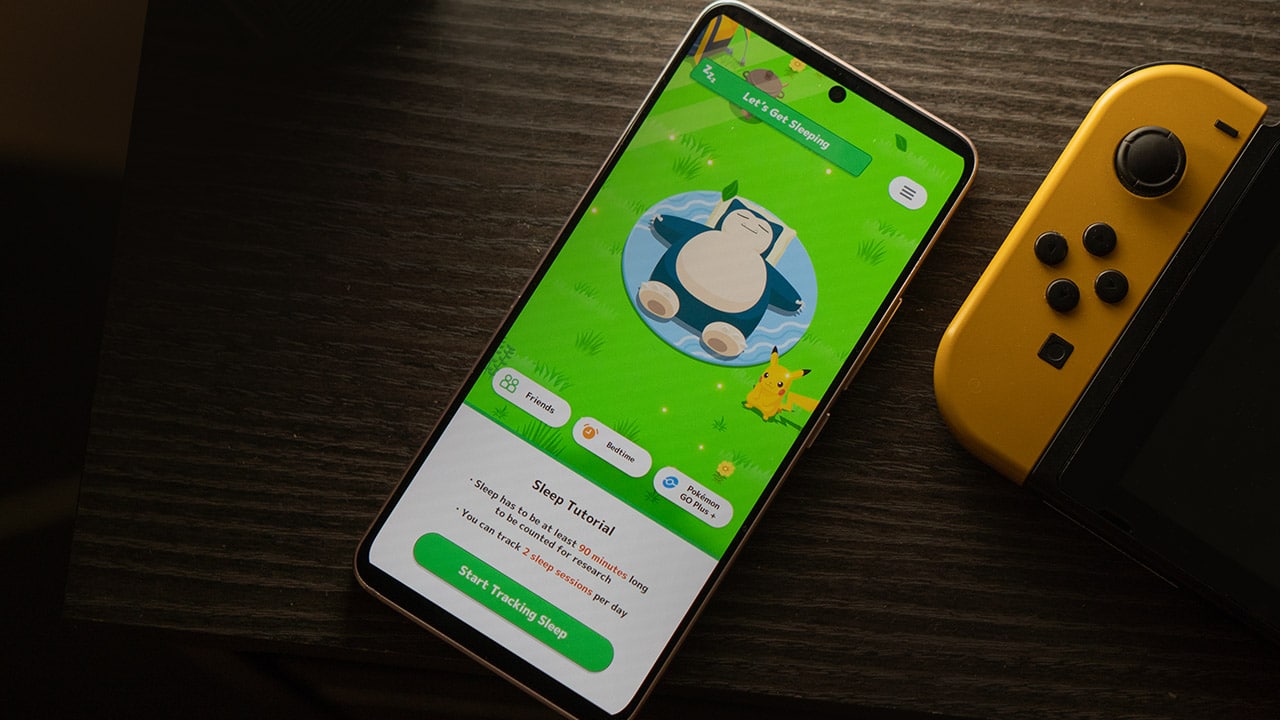
Upon signing up, the Pokémon Sleep introduces you to Professor Neroli — a new Pokémon professor who has developed a new device called the Sleep Synchronizer — a device that amplifies Snorlax’s power to put other Pokémon to sleep.
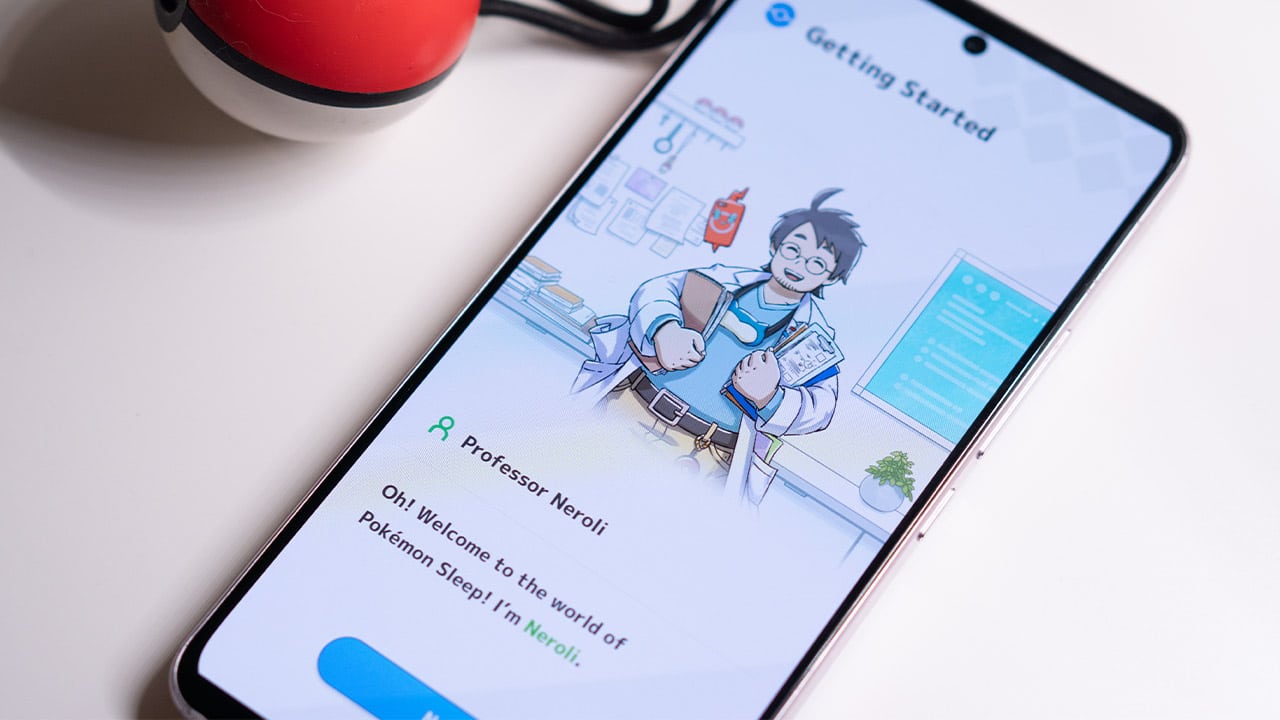
You’ll then be gifted a Pikachu as your first Pokémon. You’ll also be given a stamp card for daily rewards, and you’ll also have to set your bedtime (you get rewards for going to bed on time). You can change this at any time, of course.
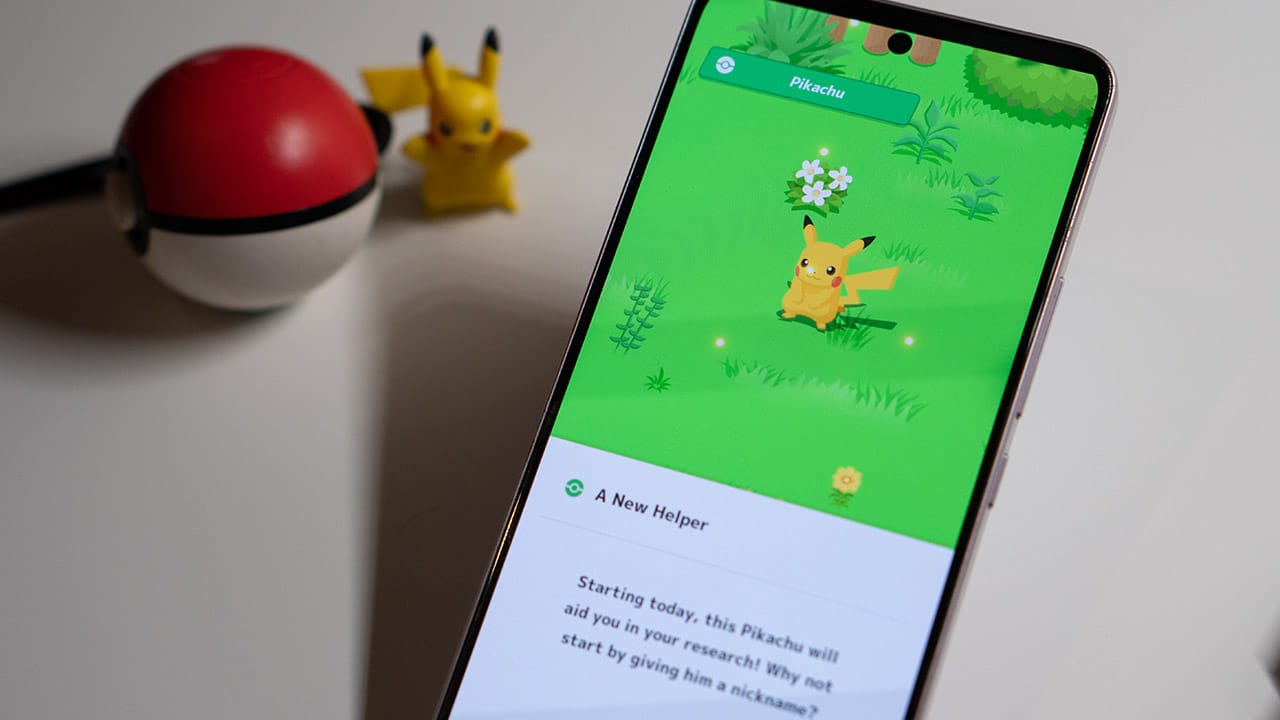
On the main screen is a sleeping Snorlax and your Pikachu. It’s also on this screen that you’ll find wild Pokémon appear once your sleeping session is over.
Unfortunately, you can’t nap your way to be the very best since Pokémon Sleep will only count sessions of at least 90 minutes long. There’s also a limit of two sleep sessions per day.
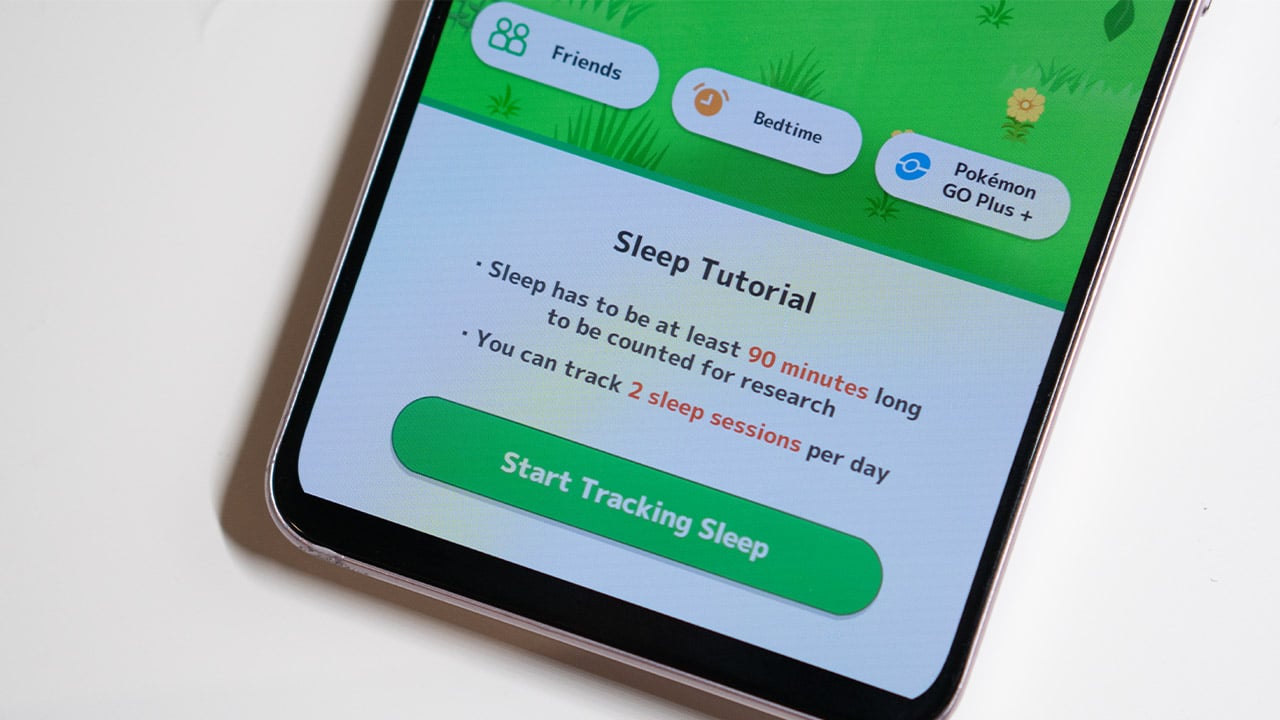
As to how the app actually tracks sleep, it will use your microphone to listen to sleeping noises and movement. A privacy warning says that all recorded audio will only be accessible to the user and will not be sent to servers or any third-party apps.
Once you hit the Start Tracking Sleep button, you’ll be taken to another screen and be reminded of all the essential practices — keep your phone charged, keep it beside your bed and face it down, and also make sure to keep the app open during your sleep session. This probably means heading to your phone’s battery settings to make sure the app doesn’t sleep when idle.
Your active Pokémon (in this case, my Pikachu)) will be displayed along with an alarm you can set, and even ambient noise you can play.
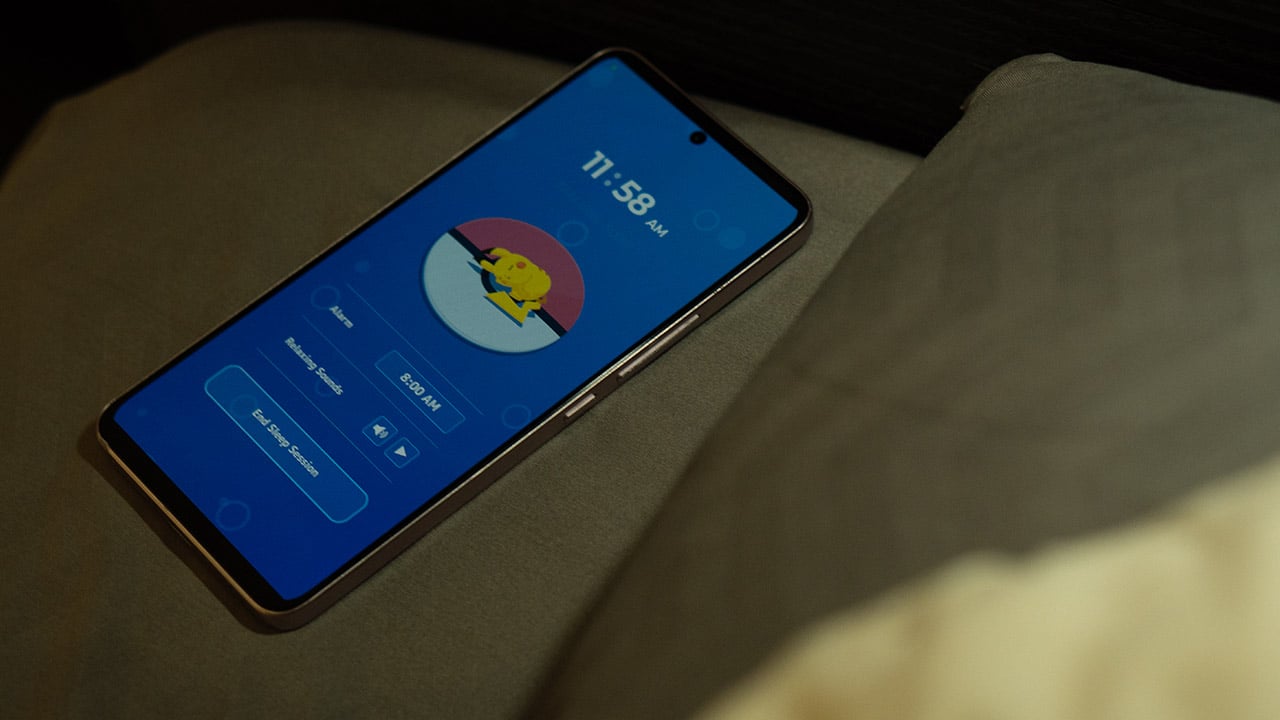
You can end the sleep session at any time but anything under 90 minutes will, again, not be counted.
The quality and length of your sleep will then be assessed once you wake up and you should see wild Pokémon that you can add to your Sleep Dex. Sleep quality is classified by three actions — dozing, snoozing, and slumbering — which supposedly dictates what kind of wild Pokémon you’ll wake up to.
If you really want to make the best of your session, you’d maybe want to pick up the recently released Pokémon GO Plus + device. With it, you won’t have to rely on your smartphone plus you are guaranteed a special Pikachu once connected to the app.
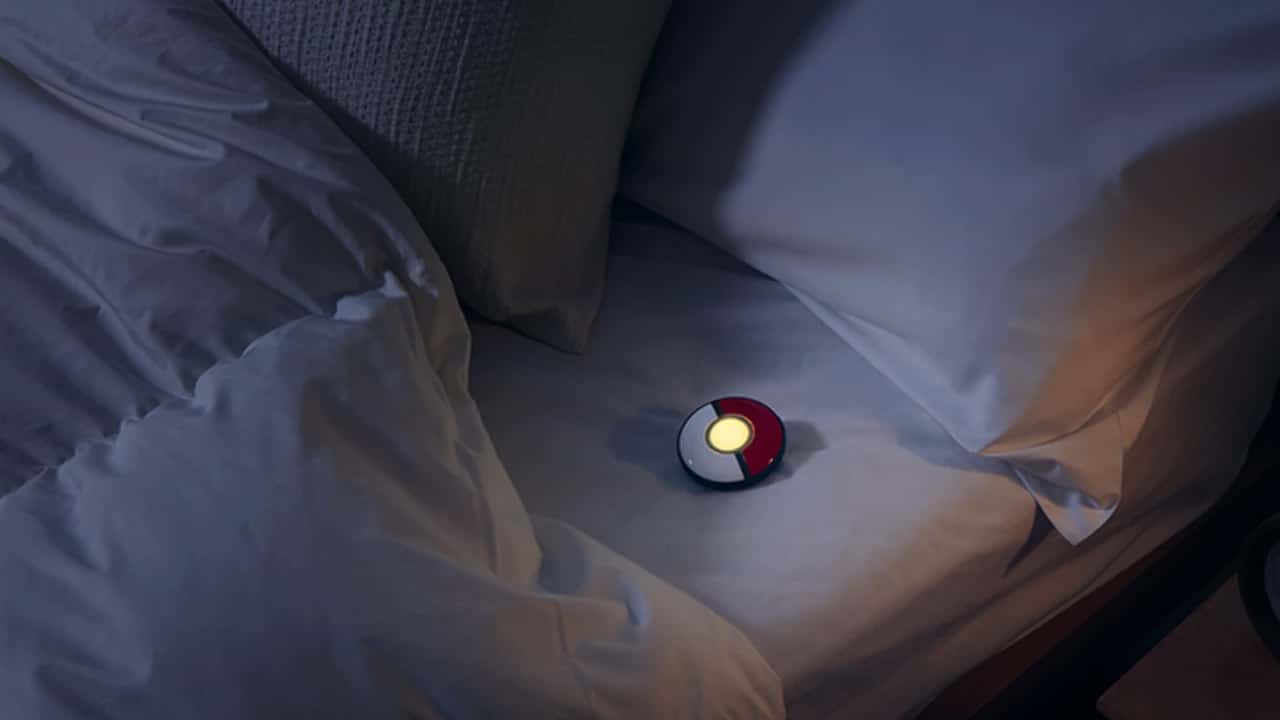
You can also use the device for Pokémon Go as an auto-catcher like the Pokémon GO Plus or the Poké Ball Plus. In addition to usual interaction with Pokéstops and gyms, your sleep data can also be shared to gain rewards.
You can also add friends in Pokémon Sleep and view your friends’ research data.
And that’s about it. There’s really not much a sleep tracker app can do except, well, track sleep. And this seems like a good spin, especially for Pokémon fans.
Update after the first full sleep session
I shouldn’t be surprised that there’s a LOT more to unpack after you finish your first 90-minute or longer sleep session.
If everything worked as it should and the app was able to gather enough data, you’ll be greeted in the morning with your sleep score and sleep analysis. The most points you can get for the sleep score is 100 points and you achieve that by getting at least 8.5 hours of sleep. I, obviously, didn’t reach that.
For sleep analysis, you’ll be presented with a visual detailing different sleep types throughout the session. Your dominant sleep type will attract Pokémon with similar sleep types.
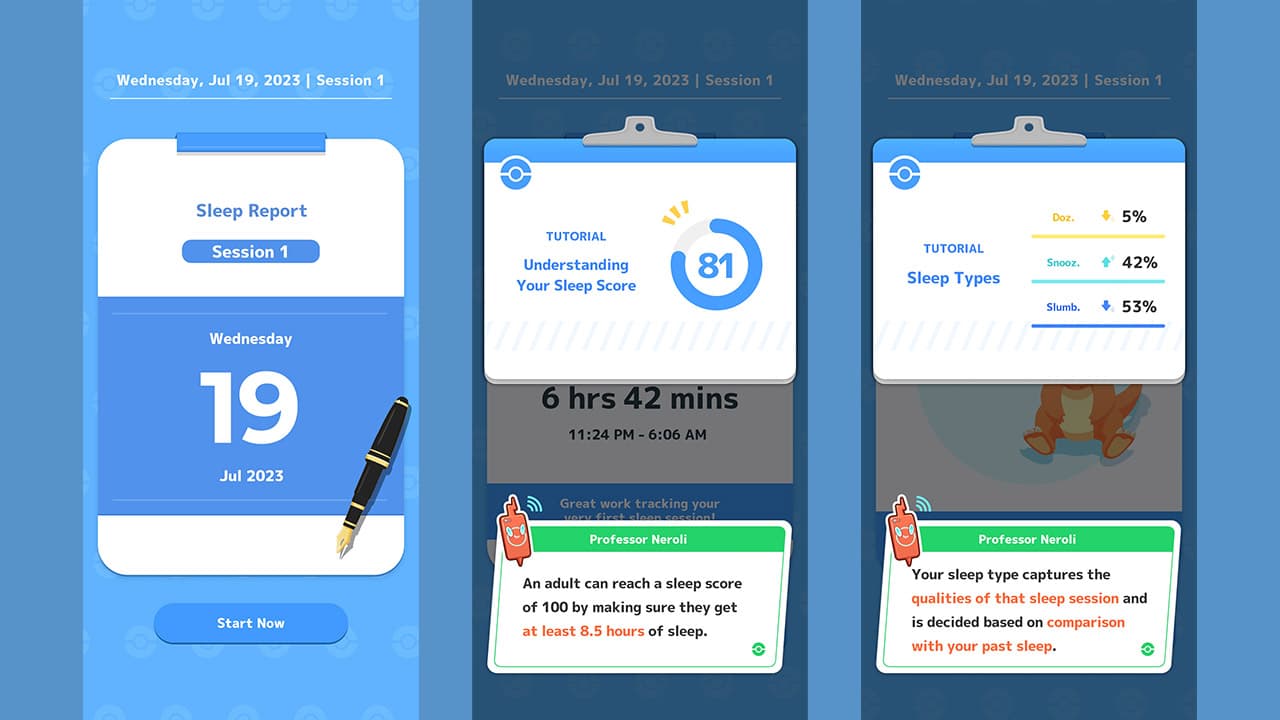
The aim of any Pokémon game is essentially completion and it’s no different here. What you’re collecting, however, is data on Pokémon sleep types which will be recorded in the Sleep Style Dex.
Snorlax is your hefty partner in this task but you don’t get just one Snorlax, you get a new one every week. Every Monday, or whenever you first open the game that week, you’ll be asked to choose an island on the map that will give you a new Snorlax to take care of.
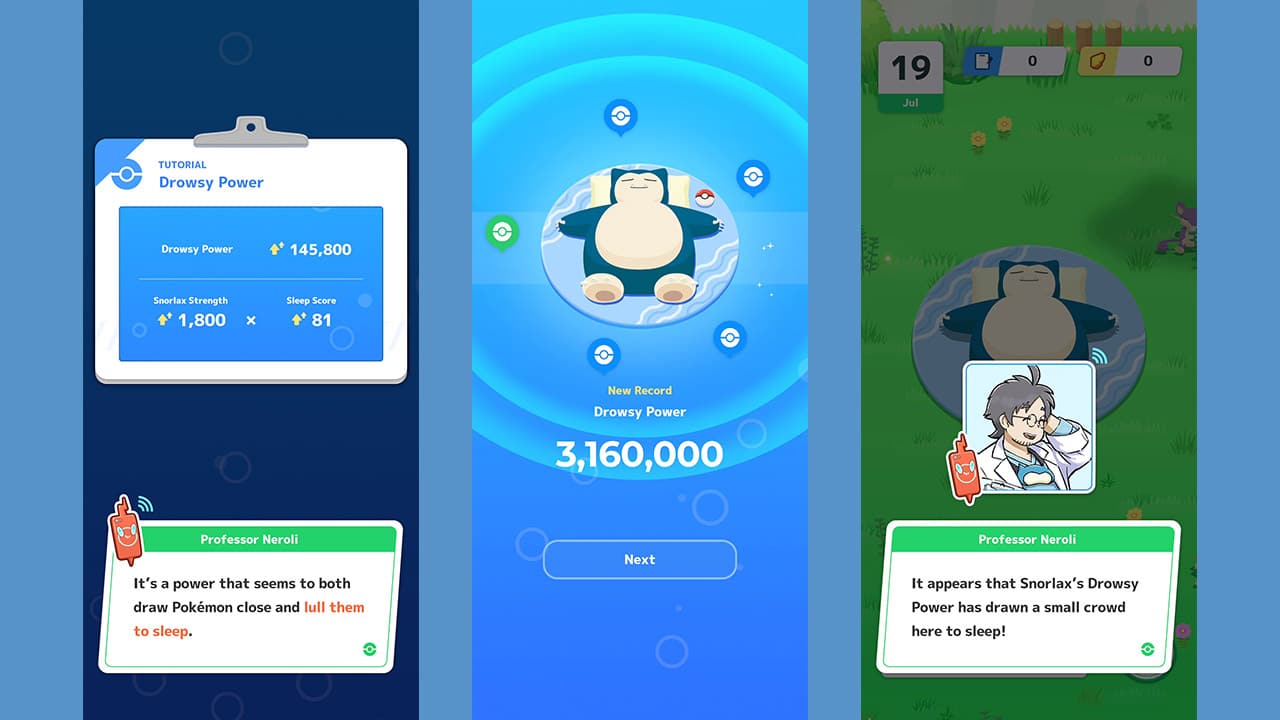
All these special Snorlax here have Drowsy Power — the power that draws and lulls Pokémon to sleep. To get better and rarer Pokémon sleep styles, you’ll have to grow this power. This can be done by getting enough sleep, obviously, and by growing your Snorlax’s power. And every completed sleep session will give you EXP to increase your rank.
That’s basically it for the ‘sleep’ part of the game. Once you’re awake, there are a couple of things you can still do.
Once you’ve recorded the sleep styles of the Pokémon around you, you’ll get a chance to feed them snacks which increases friendship. These Pokémon will periodically gift you with berries which you can feed your Snorlax to help it grow its strength.
Every successful sleep session will also fetch you sleep points that you can use to exchange for items like better snacks.
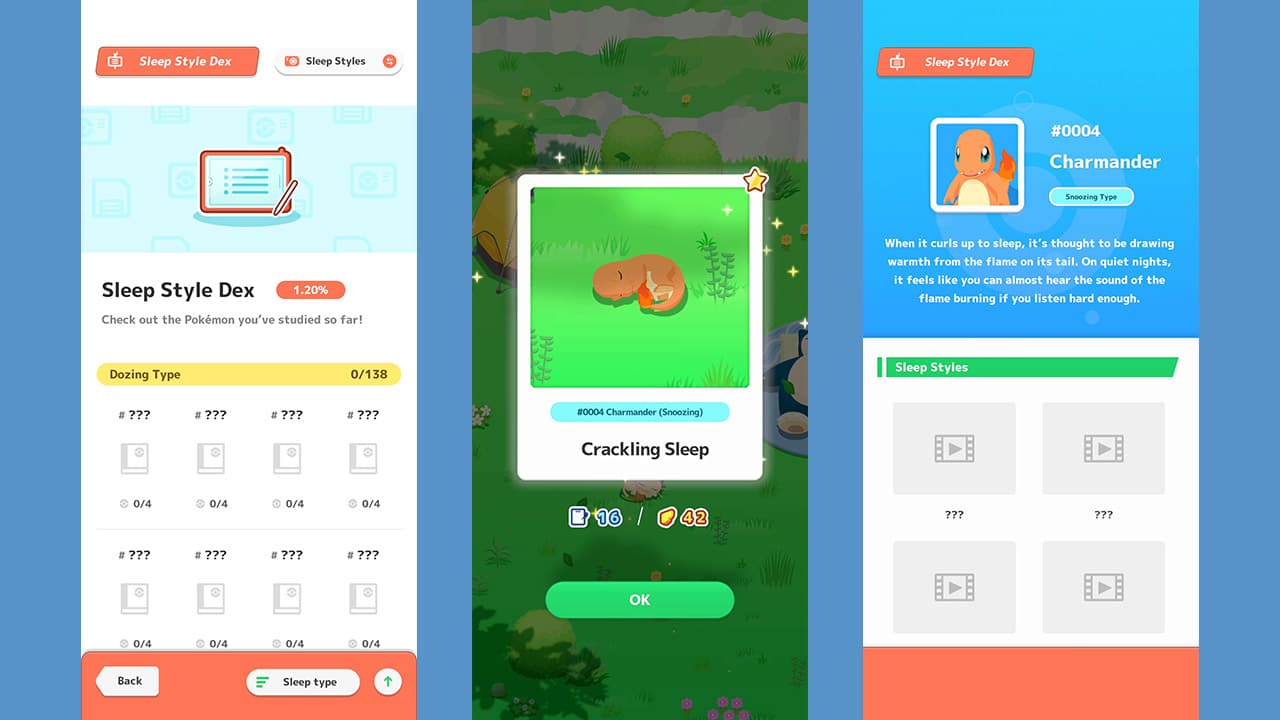
There’s also a cooking mini-game where you can whip up your Snorlax’s favorite meal and an option to rent extra-comfy gear (but you’ll need a special ticket).
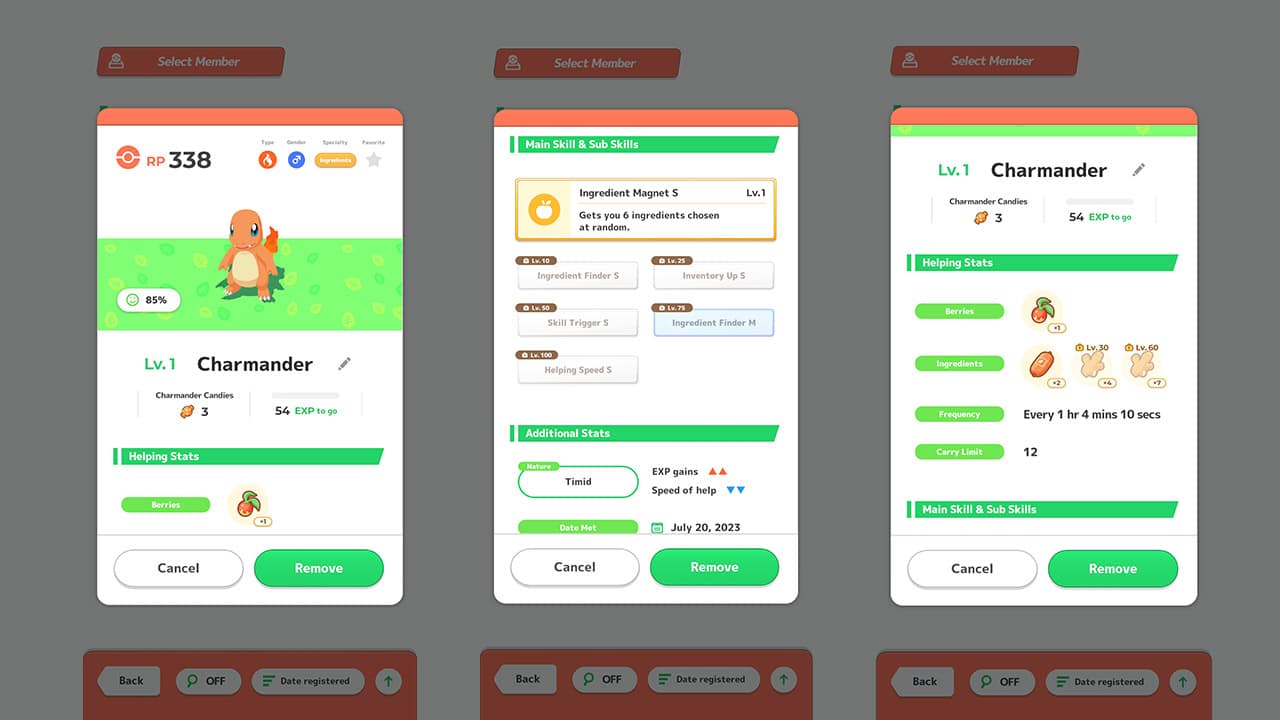
There’s surprisingly a lot to explore here for a sleep-tracking game and I’ve yet to really get a grasp of everything but many elements are still very reminiscent of other games in the franchise.
Every helper Pokémon you have, for example, has different helping stats and also main and sub-skills. Once you get more helper Pokémon, you can create a team. With the different skills, you can craft a team to help get you berries for Snorlax more efficiently or you can have a team that fetches specific berries and cooking ingredients (or maybe both?).
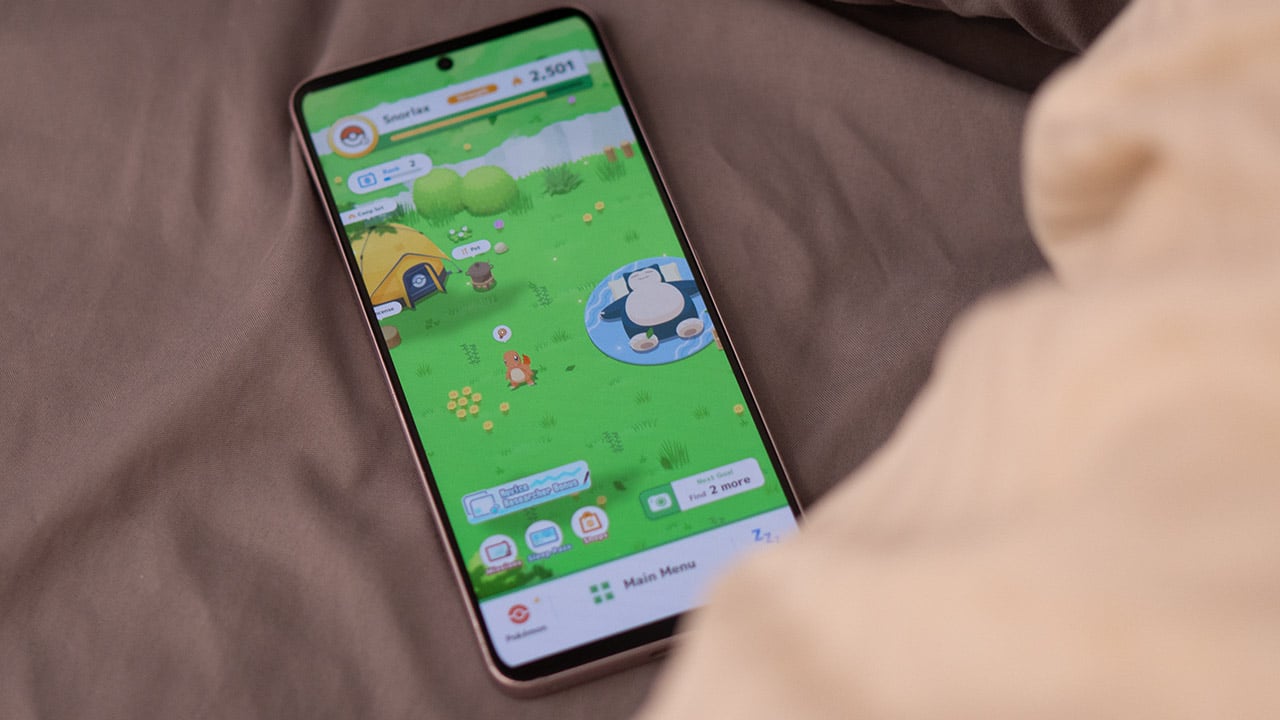
Having used wearables with sleep trackers, Pokémon Sleep does make things a little bit more fun and interactive. But that may just be the Pokémon fan in me. I’m not at all counting this to be an accurate portrait of my sleep patterns (please correct me if I’m wrong), but the game seemingly does a good job to persuade you to get enough quality sleep, especially if you were a kid I would thing.
But any Pokémon fan will know, a complete Dex is a happy Dex and you can only accomplish that in this game by actually sleeping.

